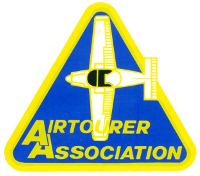Breakout (Bugout) Manoeuvre
The purpose of a breakout (or bugout) manoeuvre is for a wing to immediate separate from the formation to avoid a potentially hazardous situation.
- they lose sight of their formation reference aircraft
- they are unable to rejoin or stay in formation without crossing directly under or in front of Lead
- they feel their presence in the formation constitutes a hazard.
- when directed to do so by Lead.
To breakout of a formation, immediately find a clear area, and manoeuvre towards the
clear area. This clear area is the safest direction, away from the last known position
or flight path of the Lead and other aircraft. The radio call [number] bugging
out
must be made immediately.
In most cases, the clear escape area is above the pilot, or along the aircraft’s
pitch axis or lift vector if the formation is not straight and level. Therefore, an
up and out manoeuvre, away from the formation, would be appropriate.
Situational awareness of where Lead and other aircraft are is critical, and formation
pilots must always know where their out
is. Be aware of others in the formation
that may be affected by the breakout.
up and outmight not be appropriate, as the sudden loss of speed caused by the power loss and the climb may result in the affected aircraft descending into the following aircraft. The appropriate breakout procedure for large formations must be covered in the briefing.
